Search
Search Results
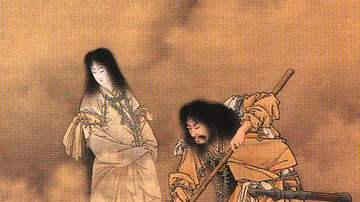
Definition
Kojiki
The Kojiki ('Record of Ancient Things') is the oldest book of Japanese history and the oldest text of any kind from Japan. Compiled in 712 CE by the court scholar Ono Yasumaro, the work begins with the gods and the creation of the world...
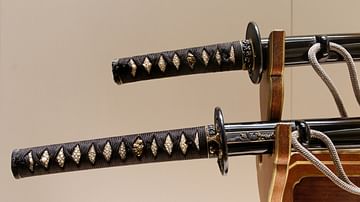
Definition
Samurai Sword
Swords used by Japanese samurai were renowned for the craftsmanship which produced strong yet flexible curved steel blades with a single, super-sharp cutting edge. Produced from the 8th century CE onwards and symbolic of the samurai's elevated...
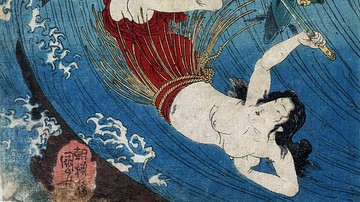
Definition
Ryujin
Ryujin (aka Ryu-o) is the dragon king, sea god, and master of serpents in Japanese mythology. With his magic jewels he is responsible for the tides, and he represents both the perils and bounty of the sea and so was especially relevant to...

Definition
Kagutsuchi
Kagutsuchi (aka Hi-no-Kagutsuchi) is the Shinto god or kami of fire and is also known as Homusubi. The son of Izanami and Izanagi, the fire god is the father of eight warrior gods and eight mountain gods, amongst others. Such a destructive...

Image
Dublin Castle & the Dubhlinn Gardens
Dublin Castle was for centuries the seat of English and British rule in Ireland. The original castle was constructed by the Norman invaders on the order of King John of England (r. 1199-1216) in 1204. Today, most of the castle consists of...
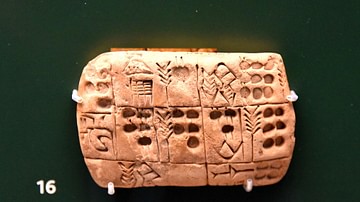
Image
Mesopotamian Record of Barley
On this clay tablet, barley appears 4 times, depicted as a single stalk with ears at the top. Emmer wheat is different from barley, by writing numbers with extra strokes. Three different types of numerical symbol were used. From Mesopotamia...

Image
Sandal Ivory Label of Pharaoh Den
One of the Egyptian king's principal duties was to defend and expand the borders of Egypt. This ivory label, once tied to a pair of sandals, depicts king Den smiting a foreigner from the east. Rock carvings of Den near the turquoise mines...
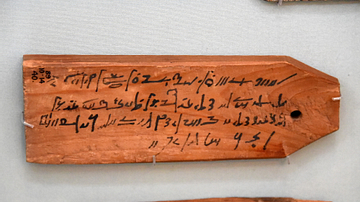
Image
Mummy Label from Roman Egypt
This is a pinewood mummy label of Tasherithorsiese. She was the daughter of Pa-Akhem-Hor and Tasheritpashy. There are four lines of a demotic script; the other side (not shown) contains 3 lines of Greek inscription. Roman Period, 2nd century...
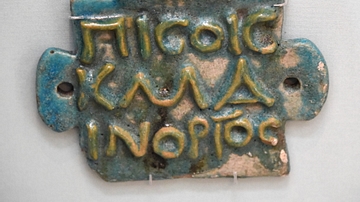
Image
Mummy Label from Graeo-Roman Egypt
This mummy label was made of green glazed composition. There is a large suspension loop at the upper margin. A Greek inscription can be seen. Graeco-Roman Period, 332 BCE to 380 CE. From Egypt, precise provenance of excavation is unknown...
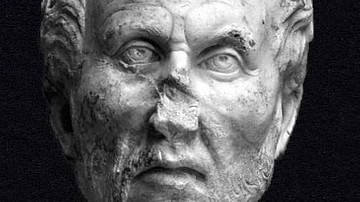
Definition
Plotinus
Plotinus (c. 204-270) was a Platonic philosopher born in Lycopolis, Egypt. Although the story of his life was written down by his student Porphyry, few biographical details are included because Plotinus rejected the physical world of appearances...